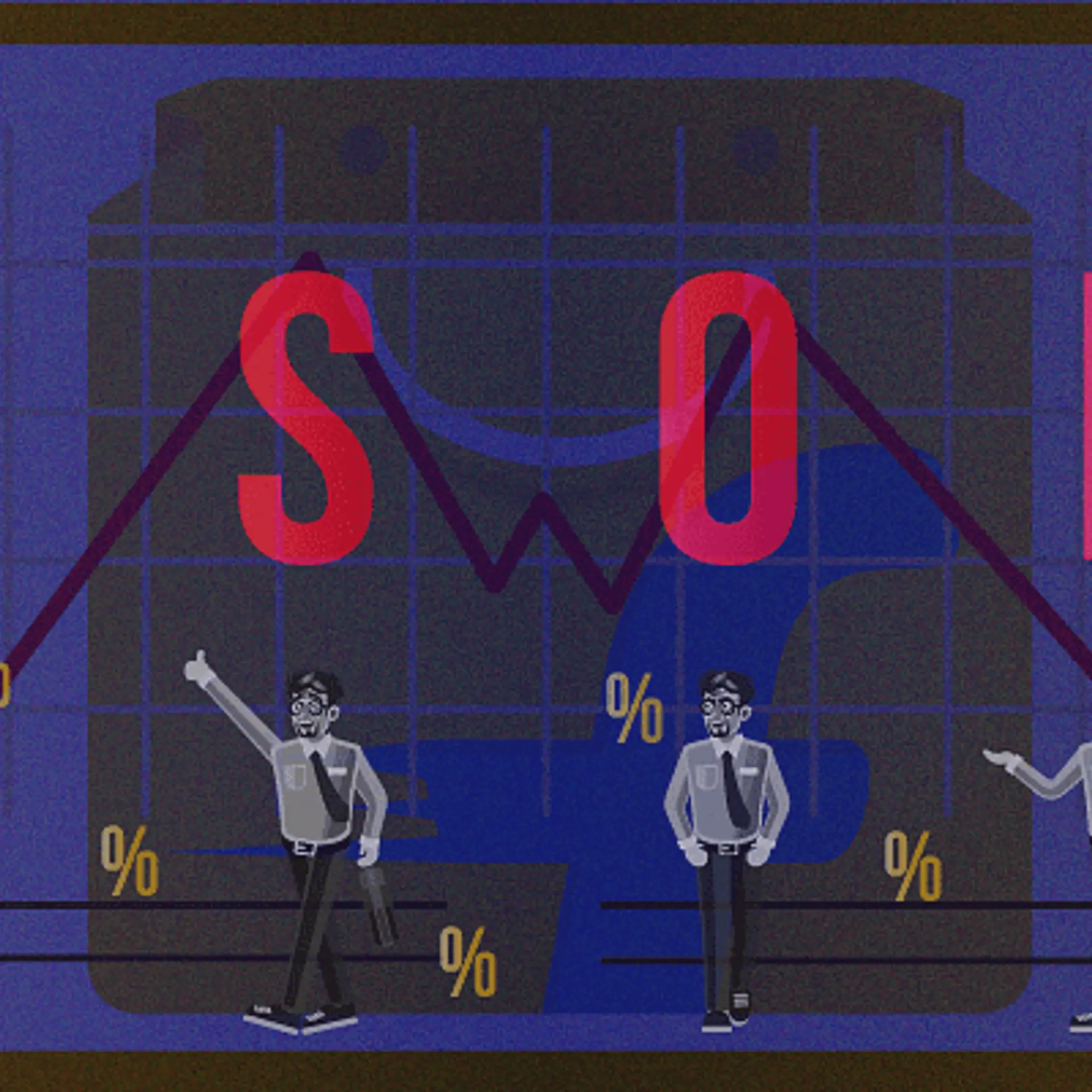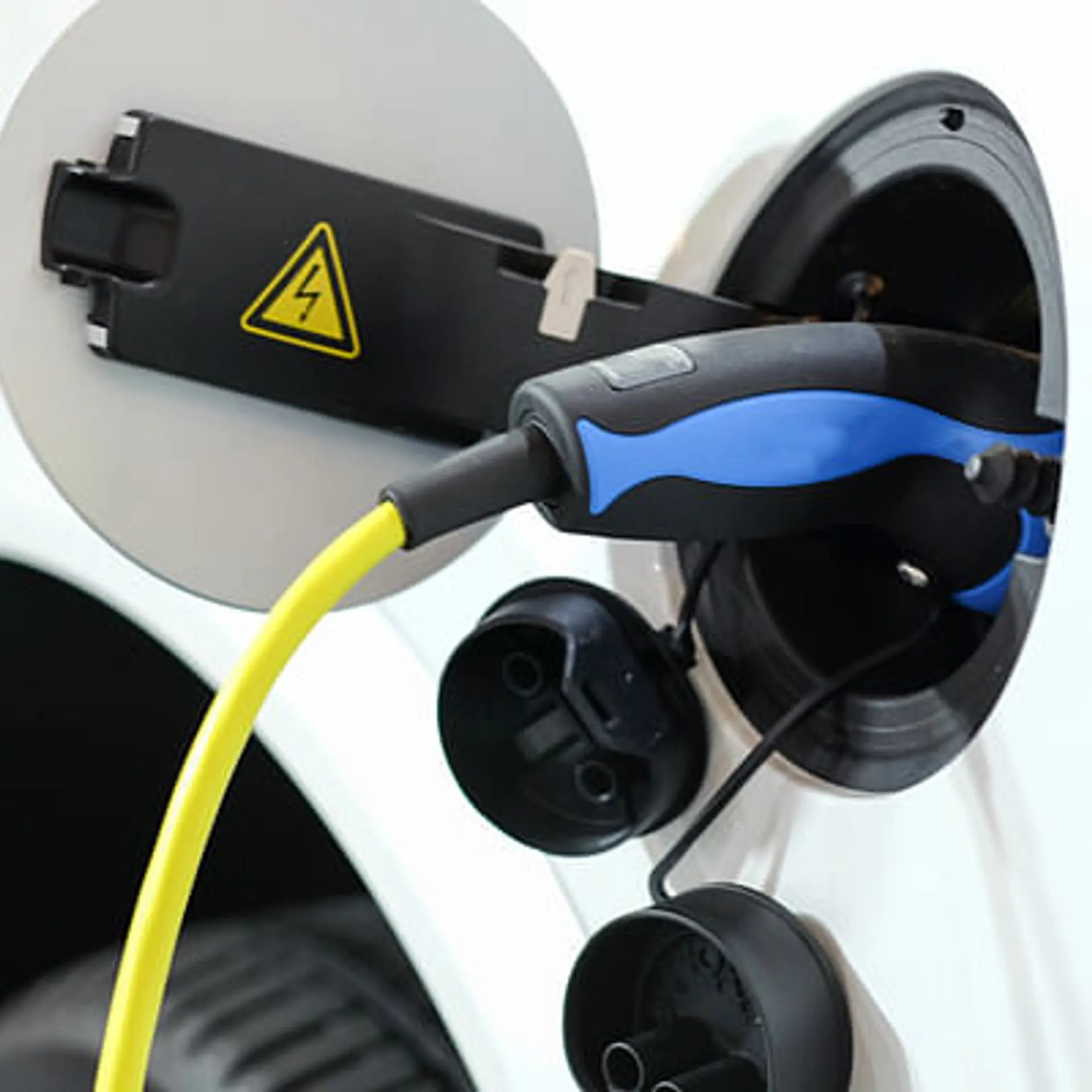Online transactions grew 80pc in 2020 driven by strong uptake from Tier II, III cities: Razorpay
The report pointed that UPI transactions outgrew cards, net banking, and wallets with 120 percent growth in 2020 and became the most preferred mode of payment, especially for Tier II and III cities.
Online transactions grew 80 percent in 2020 over the previous years, driven by strong adoption of digital transactions in Tier II and III cities, according to a report by fintech firm .
The report pointed that UPI transactions outgrew cards, netbanking, and wallets with 120 percent growth in 2020 and became the most preferred mode of payment, especially for tier II and III cities.
Razorpay, which facilitates digital transactions, said it witnessed a decline of 30 percent in digital payments initially during the lockdown, but after the first 70 days of the national lockdown, digital payments rebounded by 23 percent.
"In comparison with 2019, online transactions grew by 80 percent in 2020, suggesting a magnificent adoption of digital payments by consumers and businesses, alike. A major contribution to the growth of digital payments in 2020 came from the last six months when businesses across a few sectors slowly started to show signs of recovery," it added.
Digital payments saw a 73 percent growth between July and December compared to the first six months of 2020.
Also, Tier II and III cities contributed to 54 percent of digital transactions in 2020, demonstrating a 92 percent growth in just one year, the report said.
It noted that states like Chandigarh, Punjab, Arunachal Pradesh, Assam, and Kerala saw a growth of 205 percent, 187 percent, 127 percent, 124 percent, and 117 percent, respectively, along with a positive growth from other states as well.

Razorpay Corporate cards
Digital payments for utilities/bill payments grew 357 percent in 2020, while payments for mutual funds rose by 382 percent. Education, ecommerce, and healthcare sectors also witnessed a significant growth of 167 percent, 189 percent and 148 percent, respectively.
"Every sector, except for Travel & Housing and Real Estate, has started to slowly grow back to pre-lockdown levels; these were the only two sectors that showed a negative growth during the last six months of 2020 when the situation started to ease out in parts," the report said.
From consistently being the second most preferred payment method in 2019, UPI became the most preferred one in 2020, overtaking cards, netbanking, and wallets by showing a steep 120 percent growth. Wallets have regained attention in 2020 owing to the increased offers, cashbacks, and an increase in the number of players in the market.
"In a year of unprecedented changes and challenges, 2020 also posed some interesting opportunities for businesses to embrace digital payments. Many moved their business online for the first time, ushering in a new digital transformation," Razorpay co-founder and CEO Harshil Mathur said.
He added that contrary to how unprecedented the circumstances have been, 2020 was a year of "great innovation, new opportunities, and the win of a much-awaited trust in digital payments."
"Businesses are beginning to stabilise, and some of them are even back to the pre-COVID levels. With the ever-evolving demands from businesses and consumers, we have a long way to go, but this, to me, is a great start," Mathur said.
In the last six months of 2020, Razorpay witnessed a 40-45 percent month-on-month growth. The company powers payments for over five million businesses, including Facebook, Airtel, , , , , , and ICICI Prudential.
Edited by Megha Reddy








